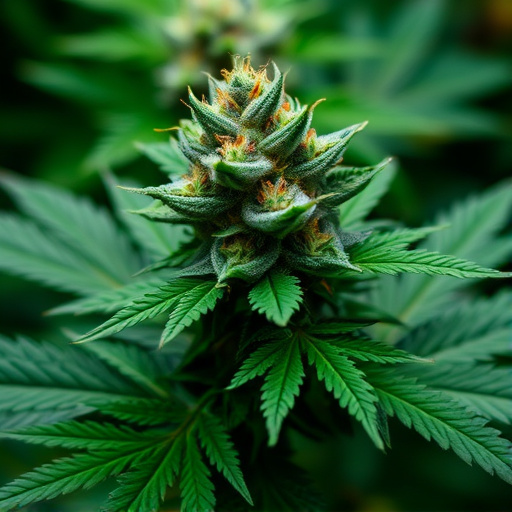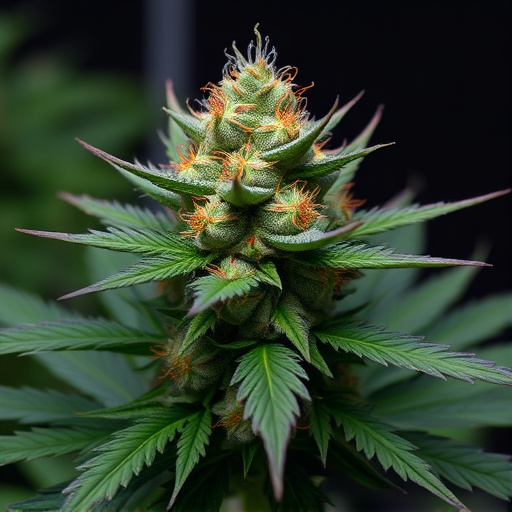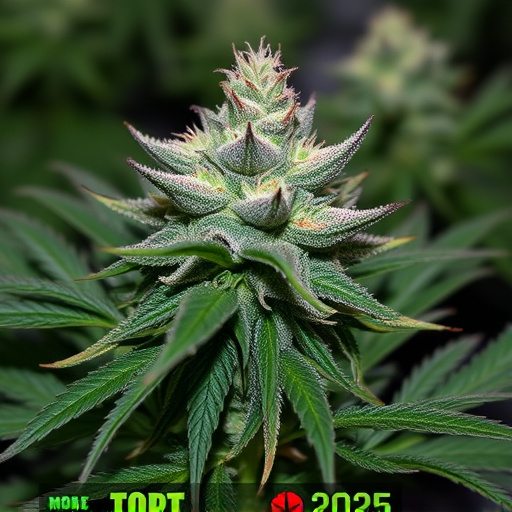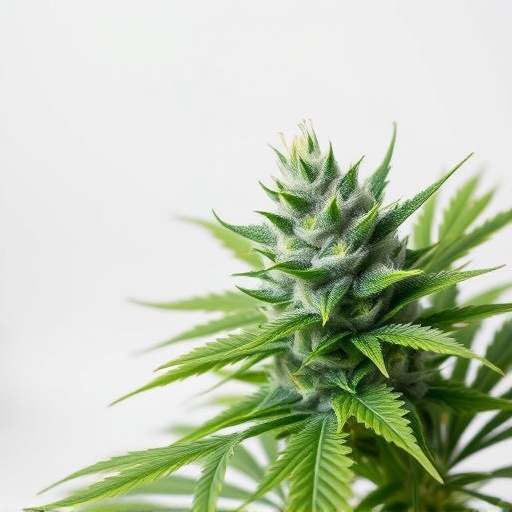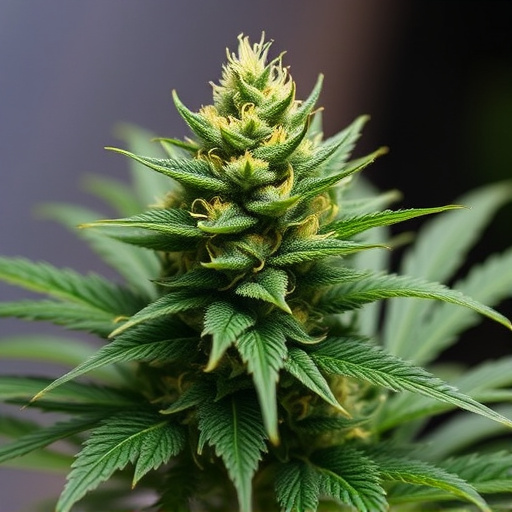By 2025, advanced breeding techniques and innovative farming technologies will drive the cannabis market, resulting in a diverse range of potent top cannabis strains. Optimal environmental conditions, including rich soil and consistent climate, will enhance plant quality and terpene profiles. Genetic advancements allow breeders to create hybrids with tailored terpene experiences, catering to varied consumer preferences for superior-quality top cannabis strains.
“Unveiling the Secrets of Top Cannabis Strains in 2025: A Comprehensive Guide to Quality Assurance. The global cannabis market is poised for significant growth, with consumers increasingly discerning about their choices. This article delves into the multifaceted factors that determine the quality of weed, from environmental conditions and genetic breeding to cultivation practices and key indicators of premium products. By exploring these elements, we predict trends shaping the future of high-quality cannabis, including a focus on health, sustainability, and evolving consumer expectations.”
- Factors Shaping the Quality of Cannabis in 2025
- – Environmental Conditions: Soil quality, climate change impacts, and sunlight exposure.
- – Genetics and Breeding: Understanding top cannabis strains, terpene profiles, and hybridization.
Factors Shaping the Quality of Cannabis in 2025
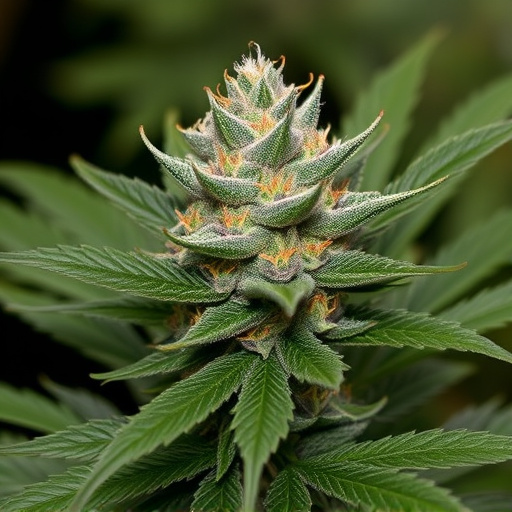
By 2025, the cannabis landscape is poised to be even more dynamic and diverse, with a plethora of top cannabis strains dominating the market. Several factors will significantly shape the quality of cannabis during this time. One of the key determinants will continue to be genetics. As breeding techniques evolve, growers can expect to have access to increasingly potent and unique strains, offering a wide range of therapeutic benefits and desirable flavour profiles.
Moreover, environmental conditions play a crucial role in cannabis cultivation. Advanced farming technologies and sustainable practices will enable growers to optimise light exposure, temperature, and humidity levels, resulting in healthier plants with enhanced terpene production. This focus on environmental control can lead to more consistent and superior quality cannabis strains, catering to the discerning tastes of consumers in 2025.
– Environmental Conditions: Soil quality, climate change impacts, and sunlight exposure.
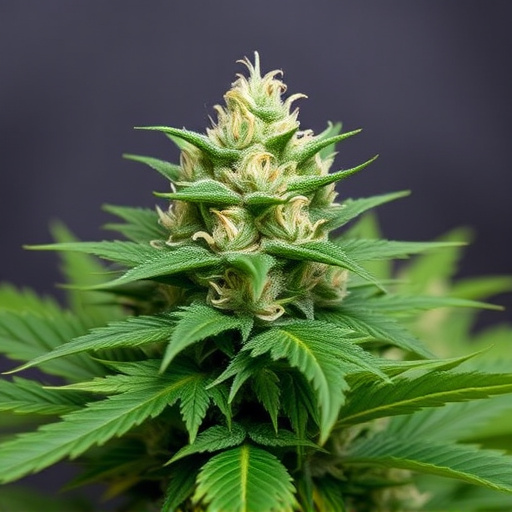
The environmental conditions in which cannabis plants are grown play a pivotal role in determining their quality, especially when it comes to cultivating top cannabis strains in 2025. Soil quality is a fundamental aspect; rich, well-draining soil with optimal nutrient levels fosters robust plant growth and enhances the final product’s flavor and potency. Growers can achieve this through meticulous soil preparation, incorporating organic matter, and maintaining balanced pH levels.
Climate change impacts cannot be overlooked as they significantly affect cannabis cultivation. Consistent and suitable temperature ranges are crucial for various cannabis varieties to thrive. Additionally, sunlight exposure is a critical factor; optimal sunlight encourages photosynthesis, driving the production of robust cannabinoids and terpenes, which are integral to the desired characteristics of top cannabis strains in 2025.
– Genetics and Breeding: Understanding top cannabis strains, terpene profiles, and hybridization.
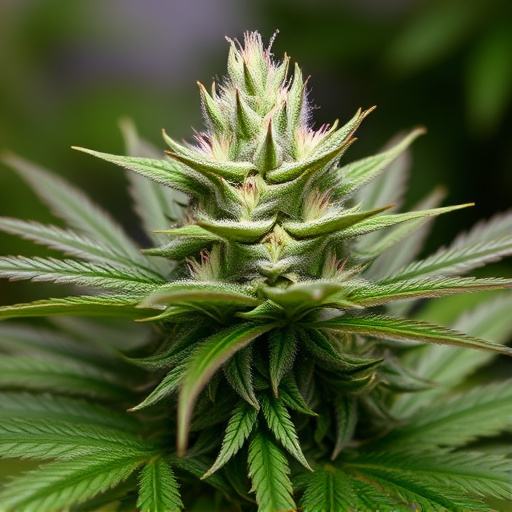
The year 2025 promises a new era in cannabis cultivation, where advancements in genetics and breeding are paving the way for top cannabis strains that offer unparalleled quality and diverse experiences. By harnessing the power of selective breeding and modern genetic techniques, growers can create hybrids with specific terpene profiles, ensuring a wide range of therapeutic and sensory benefits. Terpenes, the aromatic compounds responsible for the unique flavors and aromas of cannabis, play a crucial role in determining the overall experience. For instance, myrcene is known for its earthy and musky notes, while limonene provides a citrusy aroma and potential uplifting effects.
Breeders are constantly exploring new combinations and backcrossing techniques to introduce desirable traits into modern strains. This meticulous process involves selecting parent plants with specific characteristics, crossbreeding them, and then meticulously screening the offspring to identify the top cannabis strains that meet high-quality standards. By focusing on genetics, growers can produce consistent, potent, and enjoyable varieties, catering to a diverse range of consumer preferences in 2025 and beyond.
In conclusion, the quality of weed in 2025 will be significantly influenced by environmental conditions such as soil health and climate change, along with innovative genetics and breeding practices. Understanding the unique terpene profiles of top cannabis strains and the art of hybridization will continue to shape the diverse and desirable offerings of the legal cannabis market. By harnessing these factors, growers can produce high-quality products that cater to consumers’ evolving preferences.








